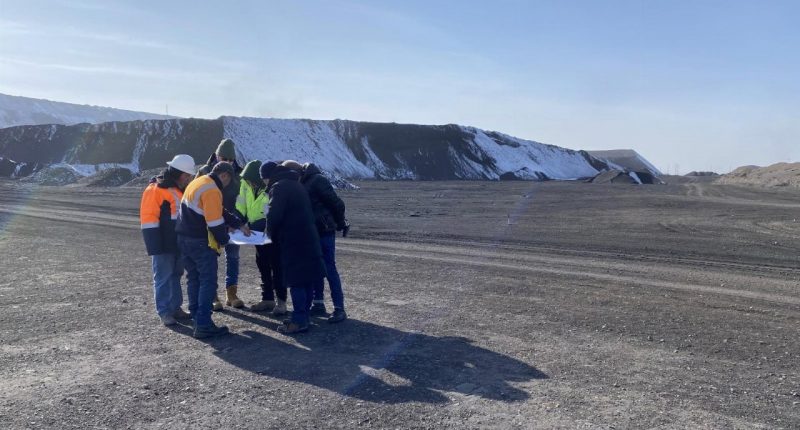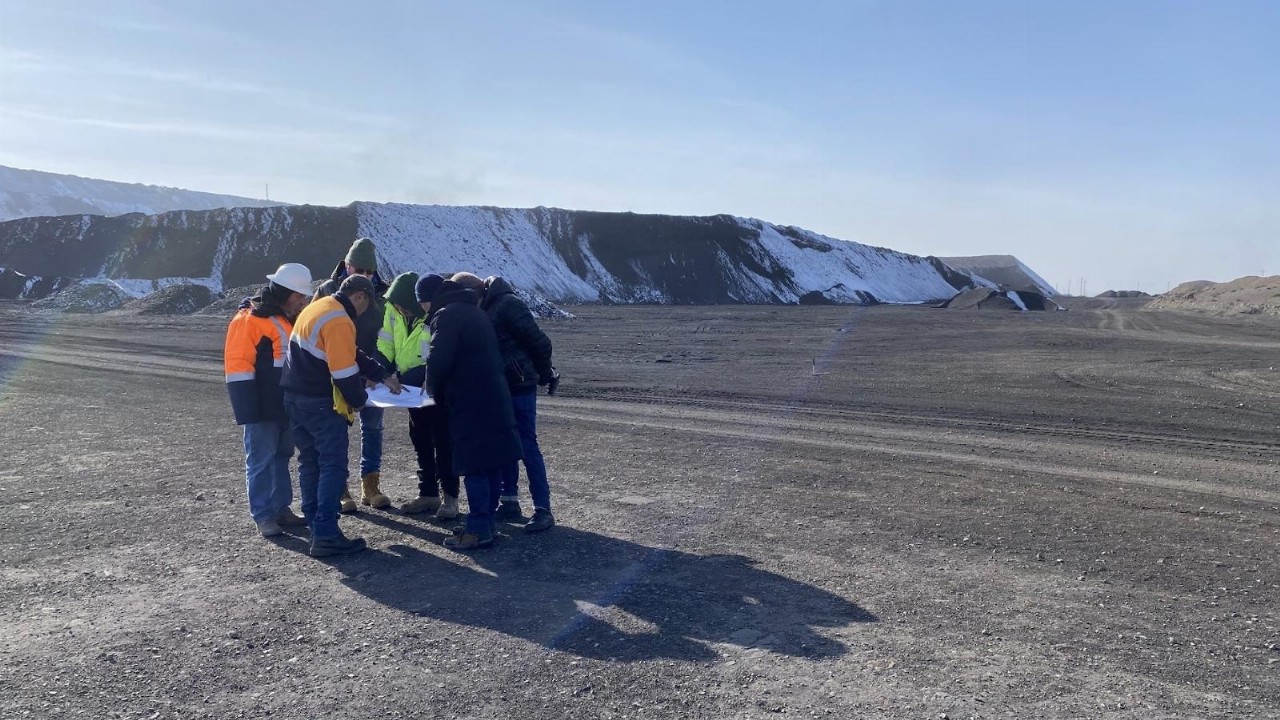- China has emerged from COVID-19 lockdowns ready to resume its prodigious growth
- Adding one million barrels per day (BPD) to its oil consumption will mean a shake-up of world energy markets
- China’s demand for LNG could top 72 million tonnes this year
- This puts Australia’s TMK Energy (TMK) in a prime position to capitalise on the growing demand: less than 20 kilometres from the Chinese border
- TMK’s Gurvantes XXXV project in Mongolia near the Chinese border has prospective gas resources of over 5.3 trillion cubic feet (TCF) and already booked contingent gas resources of 1.2 TCF
- TMK is commencing an active year, with three production wells being drilled in the first half of 2023 with the aim of flowing gas to the surface later this year
- Importantly, less than one per cent of the project area has been explored to date, with approximately eight more exploration wells planned in 2023
Last year was a tough one, especially in China, where long lockdowns led to its second-lowest economic growth since Mao Zedong died in 1976.
And bad news for China means bad news for the world — because in recent years, it has contributed a spectacular 25 to 35 per cent of global economic growth.
But with the end of devastating lockdowns and with borders now reopening, China is expected to come roaring back to full-strength growth in 2023, with the acceleration likely beginning to kick in over March.
The mixed blessing of China’s growth
As the world’s largest or second largest economy (depending on your measures), a resurgence in activity for China has both positive and negative effects on the rest of the world. The good news is that a growth-positive China will resume its position as the world’s most voracious buyer of commodities — not just raw materials like iron ore and oil but grains and food, too.
And of course, renewed appetites for oil and gas will impact both the supply and demand for the rest of the world. Because even though China is second only to the US in oil refining capacity, if China’s economy makes a full recovery in 2023, it will gradually increase crude oil imports throughout the year until it has added an average of one million barrels a day.
That could push up oil prices by about US$15 (A$22.20) per barrel, according to Goldman Sachs.
Against a projected global demand for 101.7 million barrels per day in 2023, the International Energy Agency (IEA) says overall growth in oil supply will fall to just one million barrels per day (BPD). So, while China is seeing an uptick in its demand for energy, at the same time a supply squeeze is coming down the pipe.
China’s demand for liquefied natural gas (LNG) is rebounding as well and could top 72 million tonnes this year, meaning China could reclaim its crown as the world’s largest gas importer.
And that makes it a good time to be a neighbourhood energy supplier.
Clearly, Chinese energy buyers will be casting around for reliable energy suppliers this year — and the first place they will be looking is in their own neighbourhood. The closer the supplier is to China, the lower the costs of delivery, and the less likely the supply is to be affected by external factors (as is the case with one of China’s preferred supplier, Russia).
TMK Energy in the box seat
There aren’t too many places closer to China than Mongolia, and there certainly aren’t any larger and more proximate gas projects than TMK Energy’s Gurvantes XXXV in the South Gobi Basin in Mongolia — it’s less than twenty kilometres from the Chinese border.
Mongolian gas has a significant cost advantage over current suppliers to China in that the cost of delivery is significantly reduced. In the case of the Gurvantes find, the field is less than 300 kilometres from an existing Chinese pipeline, so the development and delivery costs will be commensurately lower still.
The tip of the Gobi iceberg?
TMK CEO Brendan Stats told The Market Herald that the independently-certified maiden contingent resource that consisted of a substantial 1.2 TCF (2C) of Coal Seam Gas (CSG), in addition to 5.3 TCF (2U) of prospective resources, was an incredible result, well above expectations.
“It’s a very big CSG project, with key technical parameters equal to or better than most CSG fields,” Mr Stats said.
Mr Stats also said the company was still in the early stages of proving the potential of the region.
“So far, we have explored less than one per cent of the entire 8400 square kilometres of our project area, and confidence is very high that we’ll keep building on our already impressive find.”
The company plans to complete three pilot production wells in the first half of this year, with the aim of flowing gas to surface and demonstrating the commerciality of the project.
In this vein, TMK has launched several early commercialisation studies to find uses for the gas produced from its 2023 Gurvantes pilot wells and beyond.
Among these options is the potential use of the gas for power generation at the project itself and the immediately adjacent coal mines. TMK believes it can use the pilot well gas for small-scale power generation at Gurvantes for roughly 10 megawatts (MW) of power.
The company has also launched feasibility studies to look into growing this capacity to 70MW to meet the forecast demand of local coal mines and communities as production increases.
Further, TMK is investigating other commercial concepts such as compressed natural gas, mini LNG and large-scale power generation in the South Gobi province.
Among all this, TMK said it was in ongoing discussions with subsidiaries of Chinese energy giant PetroChina regarding longer-term commercialisation opportunities.
TMK plans to leverage its proximity to the Chinese border — just 20 kilometres from Gurvantes — and the North China gas pipeline to support its commercialisation efforts.
A ready market
“We have an absolutely world-class CSG project right next door to the largest growing energy market in the world,” CEO Brendan Stats told The Market Herald.
“Furthermore, Mongolia is desperately looking for new energy sources to address domestic energy security and reliability issues — in particular large mining projects in the South Gobi, located very close to our project crying out for a provider like TMK.”
From almost any angle, the Gurvantes XXXV project looks to be a winner.
“We’re in an area where we encounter low exploration costs and high-value outcomes, we’re well funded and we’re on a fast track to early commercialisation,” Mr Stats said.
“A lot of gas, in a region that needs a lot of gas sooner rather than later, seems to be a winning formula for us — and our investors.”








